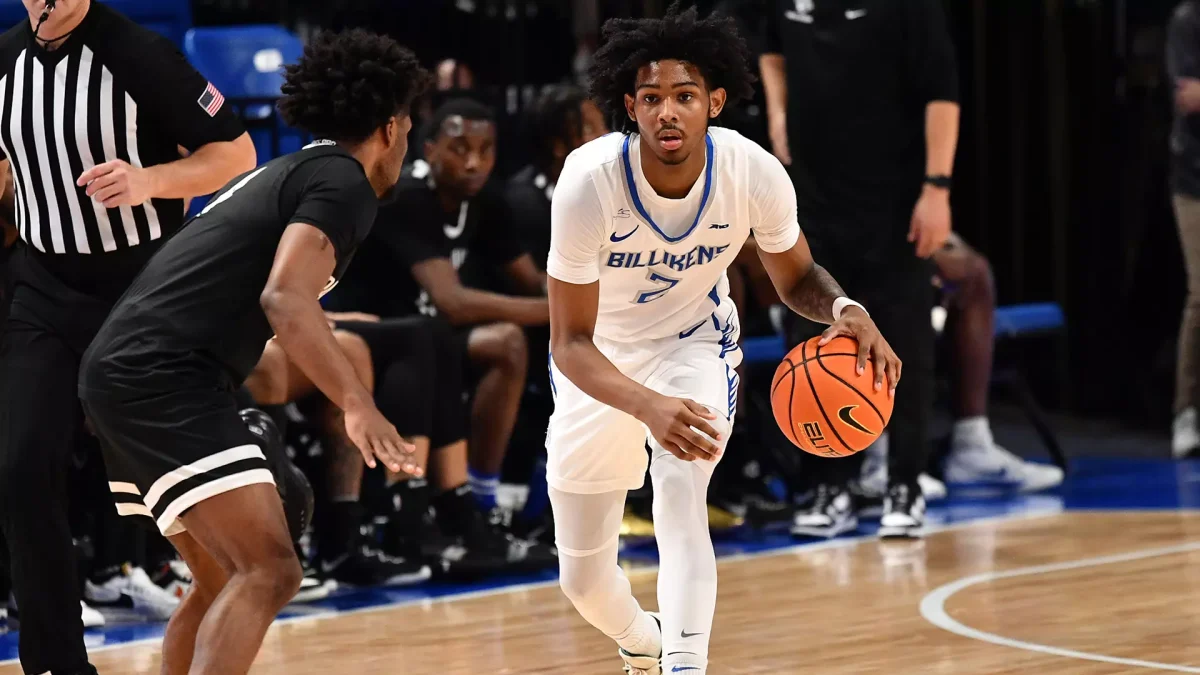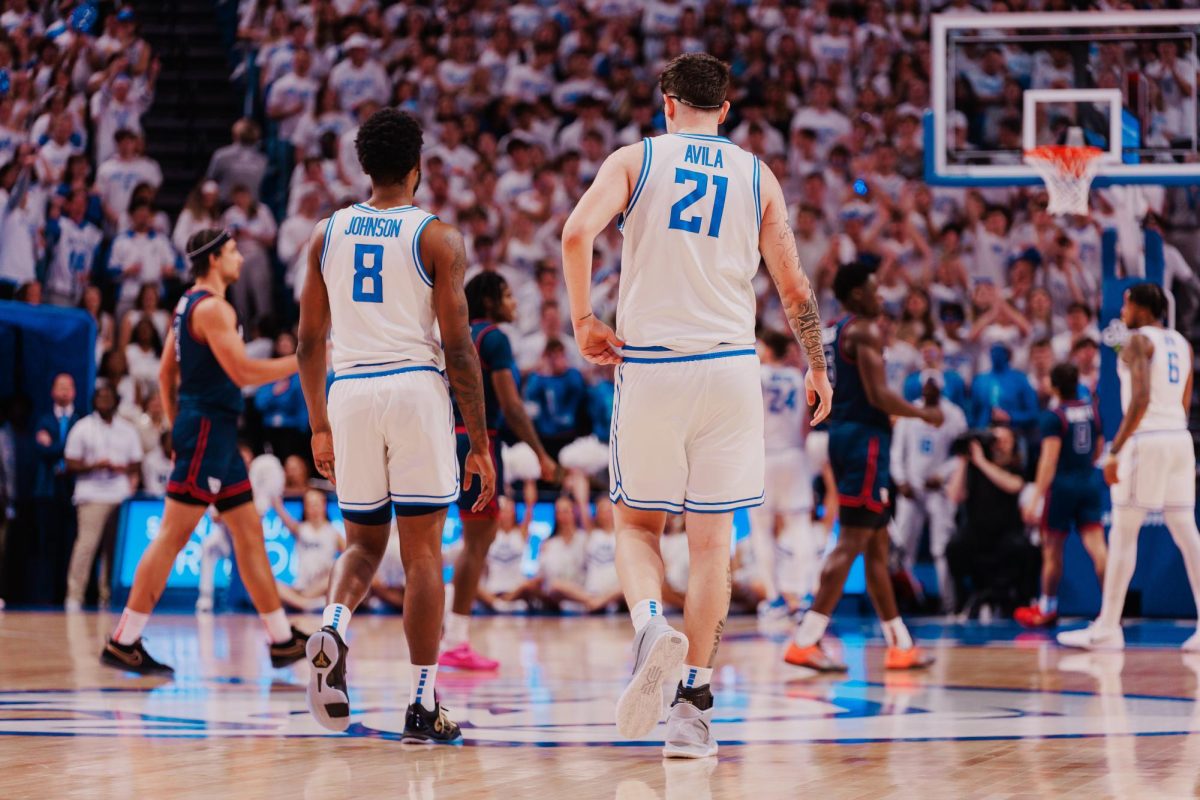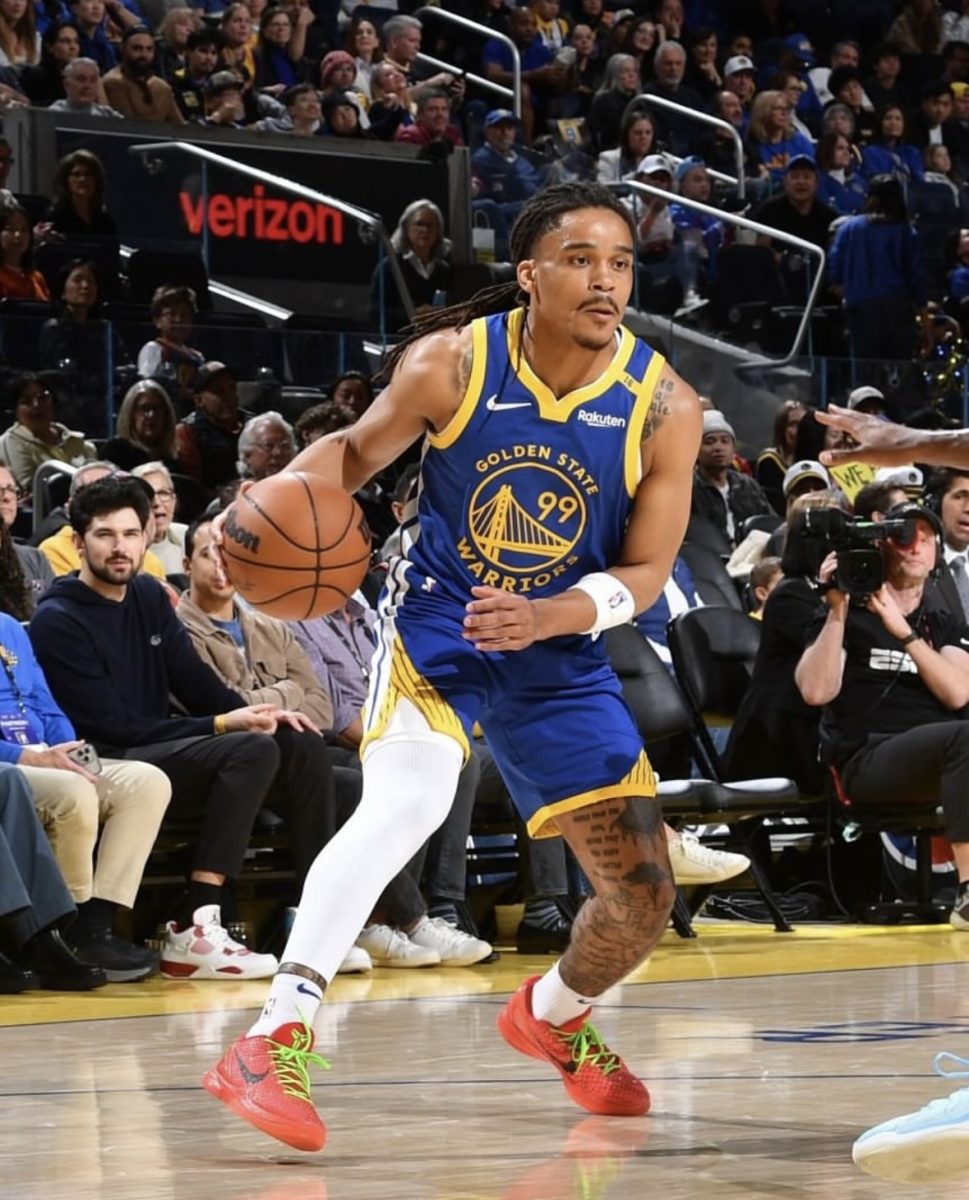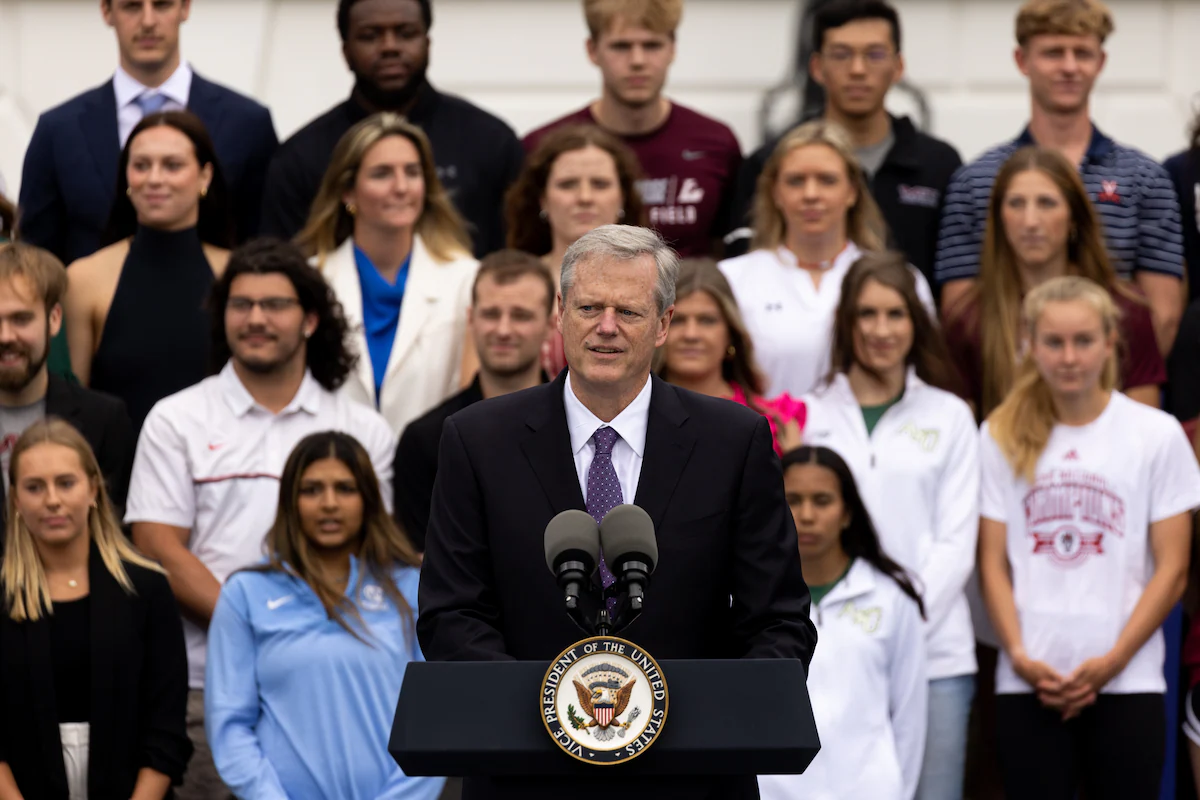For the first time since 2019, every single member of the Sweet 16 is a member of a “power” conference. Six teams are a four seed or higher, meaning only four teams in the Sweet 16 have gotten there through an upset.
The Sweet 16 is currently made up of seven schools from the Southeastern Conference, four from the Big Ten and Big 12, and one from the Atlantic Coast Conference. After the 2023 realignment, these four conferences, along with the Big East, have settled as the new Power Five conferences in college basketball.
Some wonder if this sudden change is due to the implementation of Name Image and Likeness (NIL) deals in college sports. NIL has become a recruiting tactic nationwide to attract talented players (and some managers) to schools. Oftentimes, bigger programs, such as those in the power conferences, can offer better deals to players than low or mid-major schools.
The following statistics have been calculated by the University News.
A look at each Sweet 16 team’s starting five shows that the majority of players started their college careers at a different school, and what’s more, 32.5% of them started their careers at a school currently outside of the Power Five. 29 out of the 80 starters started their careers at their current schools. On average, each team’s lineup is 36.25% homegrown.
In 2022, the Sweet 16 had 14 power schools, with 67.14% of starters playing at their school since their freshman year and 15.71% transferring at some point from a low or mid-major. In 2023 the numbers shifted: 60% of Sweet 16 power school starters began their careers at their schools, and 18.33% started at low or mid-majors. The trend continued in 2024, with 54.67% of starters coming from their original school and 25.33% coming from low or mid-majors.
Then, NIL became commonplace in 2025, where 36.25% players came from their original school and a whopping 32.5% from low or mid-majors. In just a few years, the percentage of homegrown talent was nearly split in half, while the percentage coming from low and mid-majors more than doubled.
It is unclear if this rapid drop in in-house talent is due entirely to NIL, however, it is very likely one of the contributing factors. What is clear is that talented players are leaving low and mid-major programs for the power conferences.
SLU’s own Larry Hughes II, Josiah Dotzler, Brooklyn Grey, Shun’teria Anumele and Marcavia Shavers have all entered the transfer portal.











